Regulating Temperature in the Lab: Preserving Samples Using Cold
Overview
Preservation of laboratory samples, specimens, and reagents using extreme cold is routinely performed in biomedical research labs. This video will discuss some of the methods for keeping laboratory samples cold and will explain the correct cooling method to use for each experimental requirement.
For example, cooling agents, such as ice and dry ice, are typically used when keeping samples cold during experiments. This video discusses the physical properties of the most commonly used cooling agents, as well as safety precautions for working with them.
When it comes to keeping samples cold in between experiments, cooling equipment, including laboratory grade refrigerators and freezers can be used to preserve samples for extended period of time. Also discussed in this video are types of samples and reagents that can be stored in the commonly-available laboratory cooling equipment.
Finally, the concept of cryopreservation is introduced as a process through which tissues, cells, and biomolecules are cooled to sub-zero temperatures, thereby effectively stopping all sample-degrading biological activity. Several methods of cryopreservation are discussed that minimize or eliminate the formation of damaging ice crystals.
Procedure
Preservation of laboratory samples, specimens and reagents, is a requirement of research laboratories worldwide. An efficient way to preserve sample integrity and viability over time is by maintaining them at cold temperatures.
Whether you are working with a sample at the bench, or storing a sample at the end of an experiment, different methods of cooling can be used. This video will demonstrate the types of cooling agents and instruments typically found in the lab and will help you understand what types of sample
Skip to...
Videos from this collection:

Now Playing
Regulating Temperature in the Lab: Preserving Samples Using Cold
General Laboratory Techniques
65.7K Views
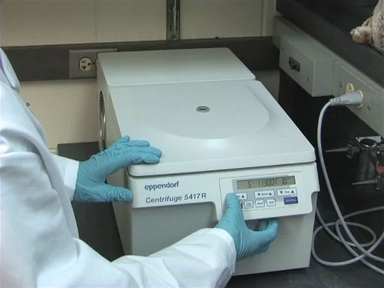
An Introduction to the Centrifuge
General Laboratory Techniques
488.3K Views

Introduction to the Microplate Reader
General Laboratory Techniques
126.7K Views
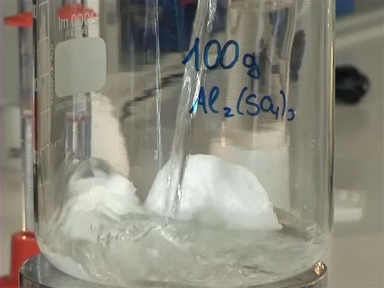
Understanding Concentration and Measuring Volumes
General Laboratory Techniques
216.0K Views
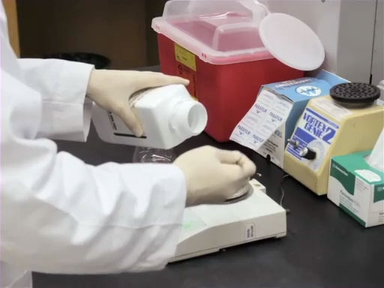
Making Solutions in the Laboratory
General Laboratory Techniques
211.4K Views
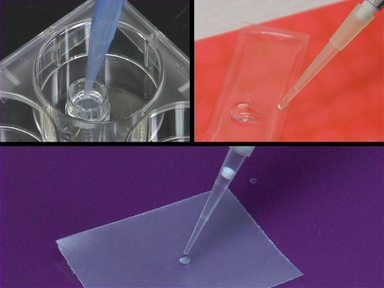
An Introduction to the Micropipettor
General Laboratory Techniques
584.2K Views
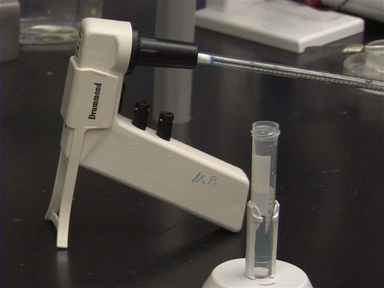
Introduction to Serological Pipettes and Pipettors
General Laboratory Techniques
219.1K Views

Introduction to the Bunsen Burner
General Laboratory Techniques
207.2K Views
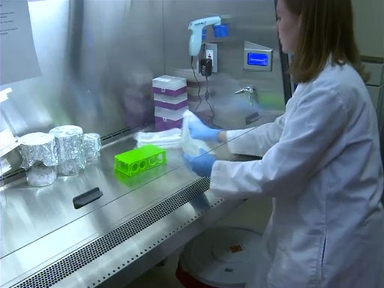
An Introduction to Working in the Hood
General Laboratory Techniques
151.3K Views
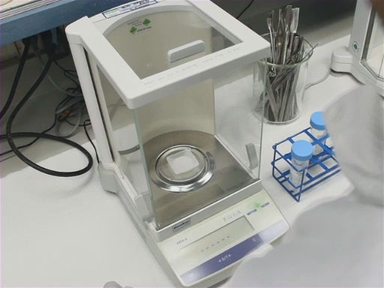
Measuring Mass in the Laboratory
General Laboratory Techniques
170.9K Views

Introduction to the Spectrophotometer
General Laboratory Techniques
518.2K Views

Histological Sample Preparation for Light Microscopy
General Laboratory Techniques
240.3K Views
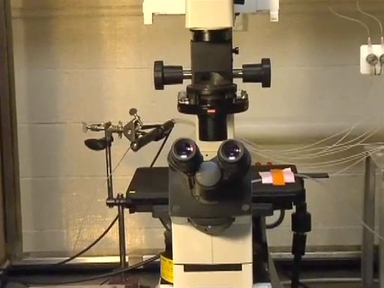
Introduction to Fluorescence Microscopy
General Laboratory Techniques
349.9K Views

Introduction to Light Microscopy
General Laboratory Techniques
815.1K Views
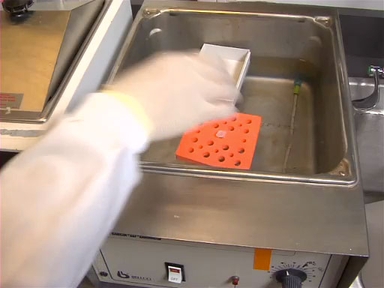
Regulating Temperature in the Lab: Applying Heat
General Laboratory Techniques
81.3K Views
Copyright © 2025 MyJoVE Corporation. All rights reserved